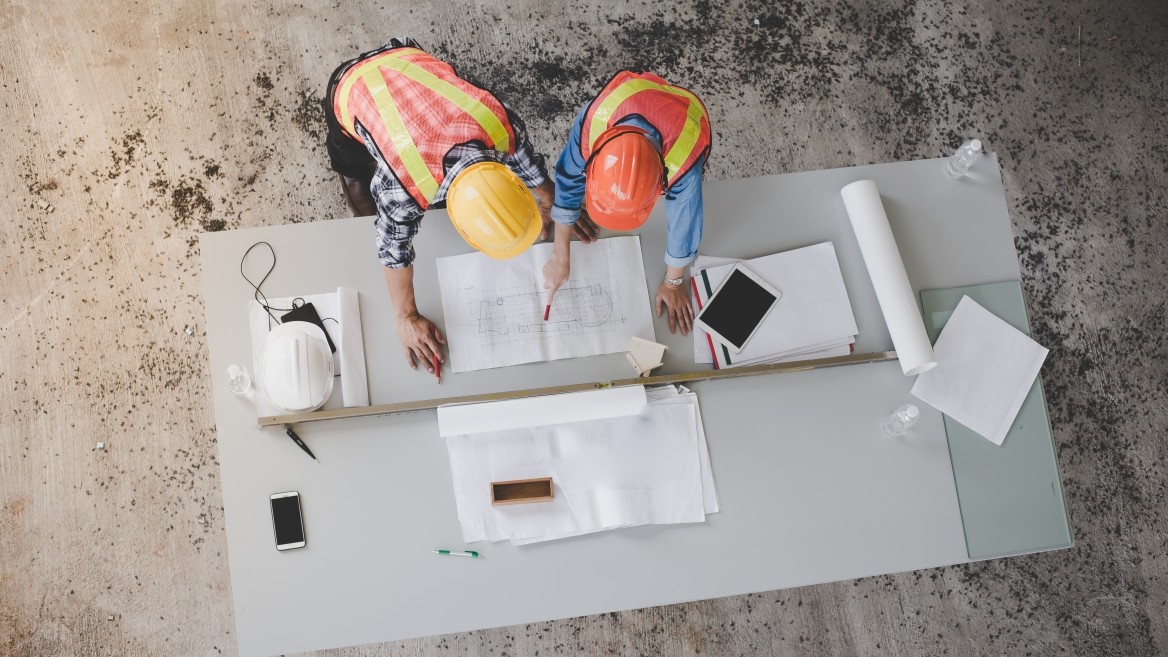Transforming Water Infrastructure: The Rise of Alternative Delivery Methods
The nature of water infrastructure projects around the globe is undergoing a remarkable transformation as alternative delivery methods have emerged as efficient and effective approaches to deliver water projects. This article explores the evolution, benefits and selection criteria of these alternative methods, shedding light on how they are revolutionizing the water sector.
The Evolution and Growth of Alternative Delivery Methods
Alternative delivery methods in construction, such as design-build, construction manager/general contractor (CMGC), and progressive design-build, once considered the gold standards of construction, fell out of favor. Fortunately, due to a variety of economic and environmental factors, they have made a remarkable comeback in recent years.
In fact, alternative delivery methods now account for a substantial portion of nonresidential construction projects, with design-build, currently the most popular, expected to be employed in even more projects. The water sector, in particular, recognizing the potential benefits of these alternative methods, has been an early adopter.
Further underscoring the value of these alternative approaches is that local and regional governments are being asked by engineering and construction firms to consider alternative delivery methods, particularly design-build and progressive design-build.
Advantages and Benefits of Alternative Delivery Methods
Alternative delivery methods bring a host of advantages to the table. They streamline project delivery, reduce administrative burdens for owners, and promote innovation and collaboration among stakeholders. The integration of design and construction services with a single entity showcases the tangible benefits of these methods. Cost savings, time efficiency, risk reduction, and enhanced quality are not just buzzwords but are real outcomes. Simply stated, alternative delivery methods outperform traditional design-bid-build approaches.
Two of the keys to the successful delivery of a project using an alternative delivery method are the need for collaboration and early stakeholder engagement from the project’s inception. Empowering owners and stakeholders with the knowledge about a project’s requirements and unique challenges and aligning these issues with the different alternative methods, is critical to making informed choices that will drive successful outcomes.
With several alternative delivery methods to consider, selecting the right one for a water project is a critical decision. A detailed review of several considerations including project complexity, cost certainty, and risk management is a crucial first step in determining when design-build, CMGC, or progressive design-build is the most suitable choice.
As with any project delivery method, a focus on quality assurance and continuous improvement throughout the project's lifecycle, ensuring that both design and construction meet high standards, is mandatory. And, stressing the importance of quality and continuous improvement aligns with the principles of design-build and progressive design-build
Consider Getting Help from an Advisor
Water infrastructure projects and selecting the best alternative delivery method can be complex and challenging for project owners, but they don’t have to “go it alone.” Having expert guidance and support from an experienced outside advisor can help navigate these intricacies and deliver a successful project.
A knowledgeable advisor can help with risk mitigation efforts, efficient decision-making, and achieving optimized project outcomes, in addition to ensuring the project’s alignment with goals and resource allocation.
But for an alternative delivery project to be successful, all stakeholders, including advisors, must be committed to collaboration, transparency, and effective communications. With these tenets in place project excellence is achievable.
As the demand for water infrastructure projects continues to grow, alternative delivery methods will continue to demonstrate their transformative potential and emerge as effective approaches for successful projects. By understanding their evolution, embracing their benefits, and making informed choices, alternative delivery methods can contribute to future innovations in water infrastructure as we strive to make a better tomorrow possible for our communities and the environment around the globe.
This whitepaper was originally presented as a continuing education webinar. For more information on the Water Webinar Series, please contact Deborah Veal to receive updates on upcoming webinars.
Contributors: Chris Fronheiser, PE | Michelle Jordan, PE | Sundaram Solai, PE

Chris is a natural team builder with 28 years of experience. He recognizes the strength and success the right team can bring to any project, including those in alternative delivery. His goal is to maximize innovation and cost-effective design for his clients. With a long career in planning, design, and construction, Chris is a strategic thinker focused on the delivery of complex interdisciplinary transportation projects across the US and Canada. His experience encompasses many traditional bid-build projects and various types of alternative delivery procurements (PDB, DB and DBF, and DBFOM).

Michelle has over 20 years of experience spanning the breadth of New York and California as an accomplished professional in the engineering field. Currently serving as the Alternative Delivery Project Sponsor at TYLin, Michelle's contributions have significantly shaped the direction of numerous projects. Having previously served as the Assistant Alternative Delivery Director at the Metropolitan Transportation Authority (MTA), Michelle brings a unique blend of expertise to the table, with an understanding of both public sector demands and private sector innovation. This diverse experience allows her to provide a multifaceted perspective on Alternative Delivery methods and their potential to transform traditional project management. Michelle's extensive experience and unwavering dedication to exploring innovative methods of delivery position her as a leading figure in the realm of alternative approaches to procurement.

Sundaram has specialized in wastewater engineering for the past 34 years. He has served as Project Director and Project Manager for several upgrade projects, including various assignments at the Newtown Creek Wastewater Resource Recovery Facility (WRRF) and at Bowery Bay WRRF in New York. He has experience with alternate delivery approaches, including Design Build. He is focused on incorporating safety and risk mitigation through design and understands the importance of performing site evaluation of existing conditions at the start of design to minimize changes during construction. He has in-depth familiarity and understanding of the objectives, constraints, and regulatory issues regarding the upgrade and expansion of water pollution control facilities, which includes planning, design, construction, and permitting assistance services. He has direct experience and familiarity in satisfying the many required regulatory compliance procedures and their respective agencies.
